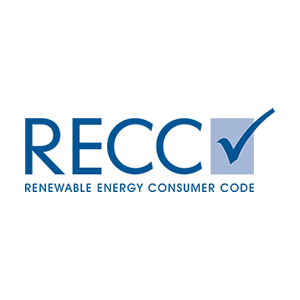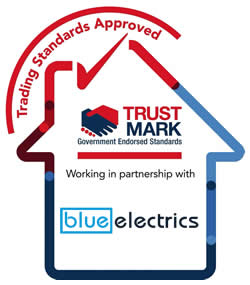In today’s blog, we’re diving into an important yet often misunderstood aspect of batteries used in residential solar power systems: C-rates. Understanding C-rates can help you make more informed decisions about the batteries you use to store solar energy, ensuring you get the most out of your investment.
What is C-Rate?
The C-rate of a battery is a crucial metric that tells you how quickly you can charge or discharge the battery. It’s expressed as a number followed by the letter ‘C’, like C20 or 0.05C. This number can be a bit confusing, so let’s break it down.
How C-Rates Work
- C20: This means the battery can be discharged over 20 hours. For a 100 amp-hour (Ah) battery, a C20 rate would mean you can safely discharge the battery at 5 amps (100 Ah / 20 = 5 amps).
- 1C: This indicates the battery can be discharged in one hour. For the same 100 Ah battery, a 1C rate would allow for a discharge rate of 100 amps (100 Ah * 1 = 100 amps).
Essentially, if the number is before the ‘C’, you divide the battery capacity by this number to get the safe discharge rate. If it’s after the ‘C’, you multiply the battery capacity.
Why C-Rates Matter
Understanding the C-rate is important because it affects how efficiently and safely you can use your battery. Here are a few key points to consider:
- Battery Lifespan: Overloading a battery by discharging it too quickly can reduce its lifespan. For instance, discharging a lead-acid battery too fast generates excess heat and increases internal resistance, making it less efficient and more prone to damage.
- Energy Availability: Knowing your battery’s C-rate helps you manage your energy use. For example, a lead-acid battery at C20 will last longer but can only supply a smaller amount of current over time. In contrast, a lithium battery at 1C can provide a large amount of current quickly but for a shorter duration.
- System Sizing: If you’re planning a solar power system, you’ll need to match your energy needs with the right battery capacity and C-rate. This ensures you have enough power without overloading your batteries.
Comparing Lead-Acid and Lithium Batteries
Lead-acid and lithium batteries have different C-rates, which influences their performance in solar power systems:
- Lead-Acid Batteries: Typically have a lower C-rate (e.g., C20), meaning they discharge slowly and are better for applications requiring steady, long-term power. However, they should not be discharged completely to avoid damage.
- Lithium Batteries: Have higher C-rates (e.g., 1C for discharge), allowing for quicker charging and discharging. They are more efficient and can handle higher currents, making them ideal for applications where quick energy delivery is needed. They also come with built-in Battery Management Systems (BMS) that protect against high currents.
Practical Example
Let’s say you have a 100 Ah lead-acid battery with a C20 rating. This means you can draw 5 amps continuously for 20 hours before the battery is drained. However, in practical use, you should aim to only use half of this time to avoid fully discharging the battery, which would damage it.
For lithium batteries, if you have the same 100 Ah battery but with a 1C rating, you can draw 100 amps for one hour. This flexibility is one of the reasons lithium batteries are becoming more popular for residential solar power systems.
Conclusion
Understanding the C-rate of your batteries is essential for optimising your solar power system. It helps you use your batteries more efficiently, extends their lifespan, and ensures your system is properly sized to meet your energy needs.
We hope this post has clarified what C-rates are and why they matter. If you have any questions or want to learn more about solar power systems, feel free to leave a comment or check out our other blog posts. Happy solar powering!




















